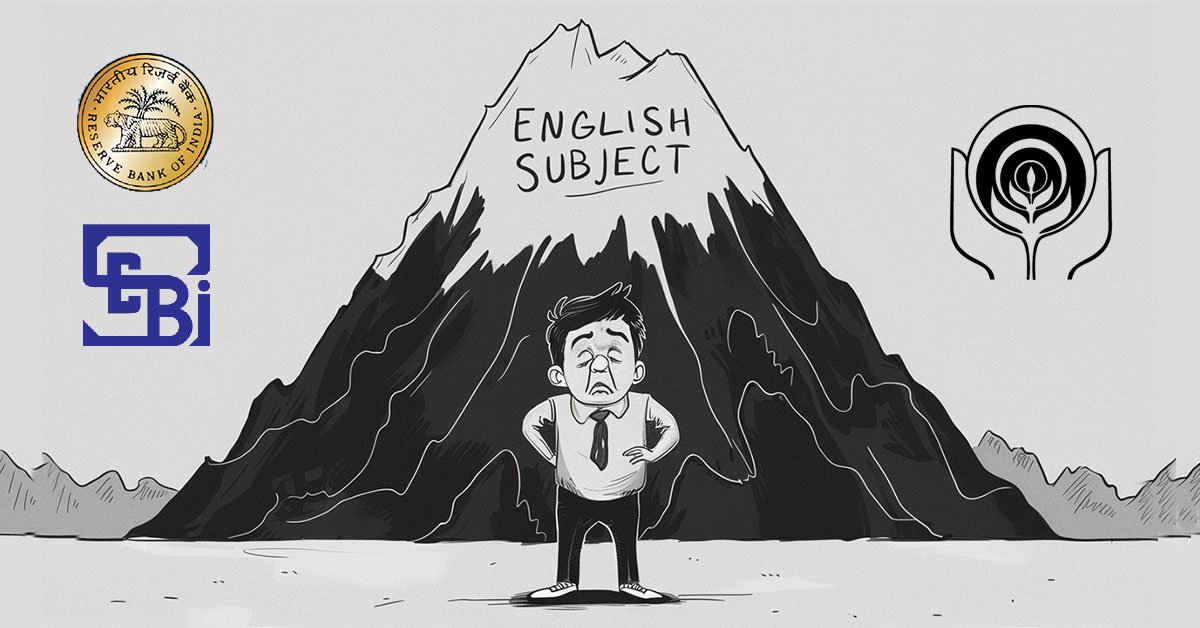Source: BS
Context:
The Reserve Bank of India’s (RBI) short dollar forward position rose for the first time in seven months, signalling active intervention to stabilise the rupee amid sustained depreciation pressure in October 2025.
What is a Short Dollar Forward Position?
A short dollar forward position refers to a situation where the Reserve Bank of India (RBI) (or any central bank) has sold U.S. dollars for future delivery through forward contracts in the foreign exchange market.
In simple terms, it means the RBI has committed to sell dollars later — usually to support the rupee and stabilise the exchange rate — while possibly buying rupees in the present.
Mechanism:
- When the rupee faces depreciation pressure, RBI may sell dollars in the spot market (immediate delivery) to provide dollar supply and prevent sharp weakening.
- To rebuild its reserves or balance liquidity, RBI simultaneously buys dollars in the forward market — creating a short position in forwards (i.e., it owes dollars in the future).
So, a rise in the RBI’s short dollar forward position indicates:
- The RBI is actively intervening to defend the rupee.
- It is using forward contracts rather than heavy spot interventions to avoid visible reserve depletion.
Impact on Economy:
- Exchange Rate Stability: Smoothens volatility in the rupee–dollar rate.
- Liquidity Management: Prevents excess rupee liquidity that would arise from spot market interventions.
- Reserve Management: Keeps headline forex reserves steady, even when RBI supports the rupee.



















